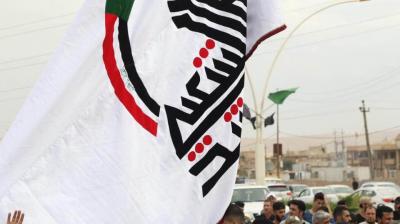Political (dis)order and coercive organisations in the Levant
Militancy is a common method to exercise influence in a given political order. It has become a widespread tactic and necessity across the Levant, especially since 2011. While militancy is sometimes downright violent and destructive, it can also be a force for positive change and even emancipation. Much of the time it sits in between these extremes. But the use of confrontational methods almost always requires organisation and possession of coercive capabilities.
This report examines the purpose, nature and development of five types of organisation through which coercion is exerted across the Levant - namely, governmental coercive organisations, quasi-governmental coercive organisations, hybrid coercive organisations, anti-regime coercive organisations and anti-state coercive organisations. The analysis focuses on hybrid coercive organisations because of their paradoxical tendency to work with and against the state at the same time. Consider Iraq's Peshmerga or Badr Corps, for example.
The report makes a strong case for being more cautious with the near-automaticity of peacebuilding efforts to focus on coercive organisations representing 'the state'. More precisely, the evidence-base underpinning the report suggests that effective peacebuilding efforts should:
- Assess the demerits and merits of coercive organisations based on their interests, constituencies and behaviours in relation to the legitimacy of the political order they seek to realise.
- View the violence mobilised by coercive organisations as a manifestation rather than a cause of the breakdown of political order.
- Influence coercive organisations on the basis of their behavioural incentives. These incentives are grounded in the domestic political economy interests of coercive organisations, the nature and level of foreign support they receive, and the expectations of their social constituencies.
- Ensure that the aim of external interventions corresponds with the prevailing interaction dynamic between a particular hybrid coercive organisation and governmental coercive organisations (this point only pertains to hybrid coercive organisations).
The report provides a range of basic ideas for how external parties might nudge the interaction between hybrid coercive organisations and the government in a direction that helps to reduce violence.






